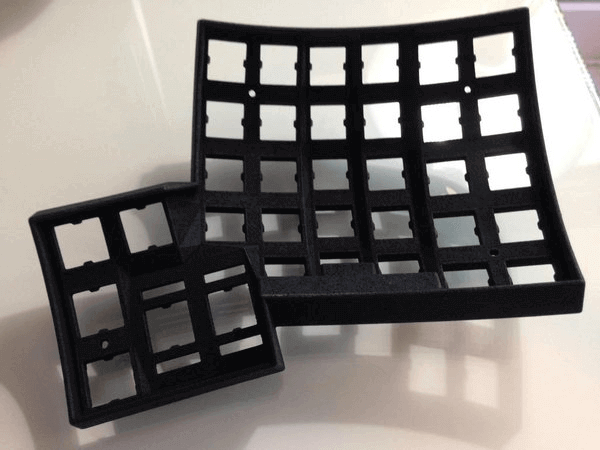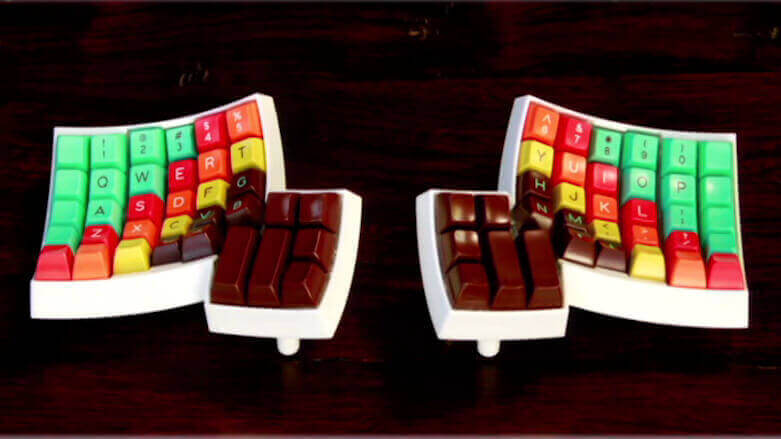Have you ever considered making your own keyboard? The dactyl keyboard is designed to fit the natural inclinations of your hands.
In a new approach to ergonomic design, Matt Adereth is the designer of this interesting keyboard. He builds tools and infrastructure for quantitative research at Two Sigma using programming language Clojure, but in his spare time he’s a self-proclaimed keyboard obsessive.
The most notable feature about the dactyl keyboard is that it is split into two, so both of your hands get to work. Adereth describes the design as a “parameterized, split-hand, concave, columnar, ergonomic keyboard.”
It’s designed to fit the more natural inclinations of our hands, and looks very different to the standard rectangles which we are used to.

The Design Process for the Dactyl Keyboard
As Adereth explains in this YouTube video: “I decided I wanted to make my own keyboard, for some reason, and I knew that I wanted it to be contoured and have those curved key wells. So, I figured I would have to learn how to 3D model.”
After modeling his design, the dactyl keyboard was ready to be made. Matt said: “To actually make this thing, you need to 3D print it.”
At first, he used the MakerBot Replicator, but found that he had to wrestle with the machine too much, so he decided to switch to online 3D printing service Shapeways.
Matt said: “You can just send them the file that gets generated by OpenSCAD, and they will send you back the thing that you wanted.”
He adds: “One awesome thing about them is that they have a wide variety of materials, including steel, they will 3D print steel using magic.”
Matt then needed to wire up his keyboard. He found that this was especially difficult as everything needed to be flexible in order to adapt to the curves. To fix this, he had been working on making flexible printed circuit boards (PCB) in his garage.
Of his new keyboard, Matt said: “It feels good, I have been actually using it. I have wired one up at home and development of this keyboard is now fully boot-strapped. All future development of the keyboard is done on the keyboard itself!”
However, Matt points out one downside of using a selective laser sintering (SLS) 3D printer: it takes a lot of supports and a lot of time. But if this doesn’t discourage you, then check out the open source files here.

License: The text of "Funky 3D Printed Dactyl Keyboard is Kinda Handy" by All3DP is licensed under a Creative Commons Attribution 4.0 International License.